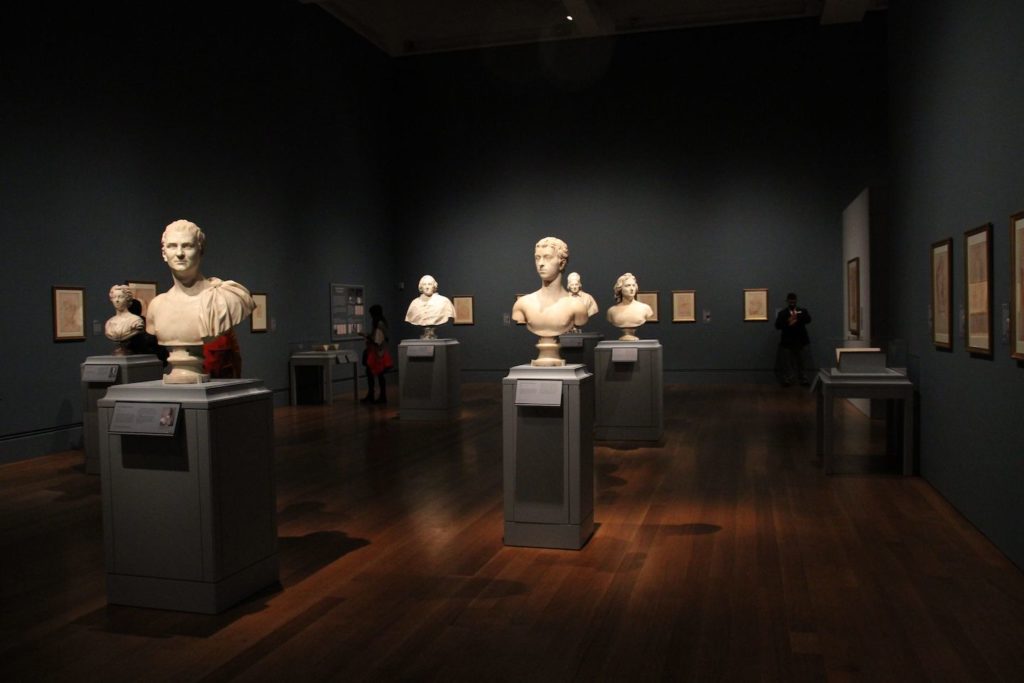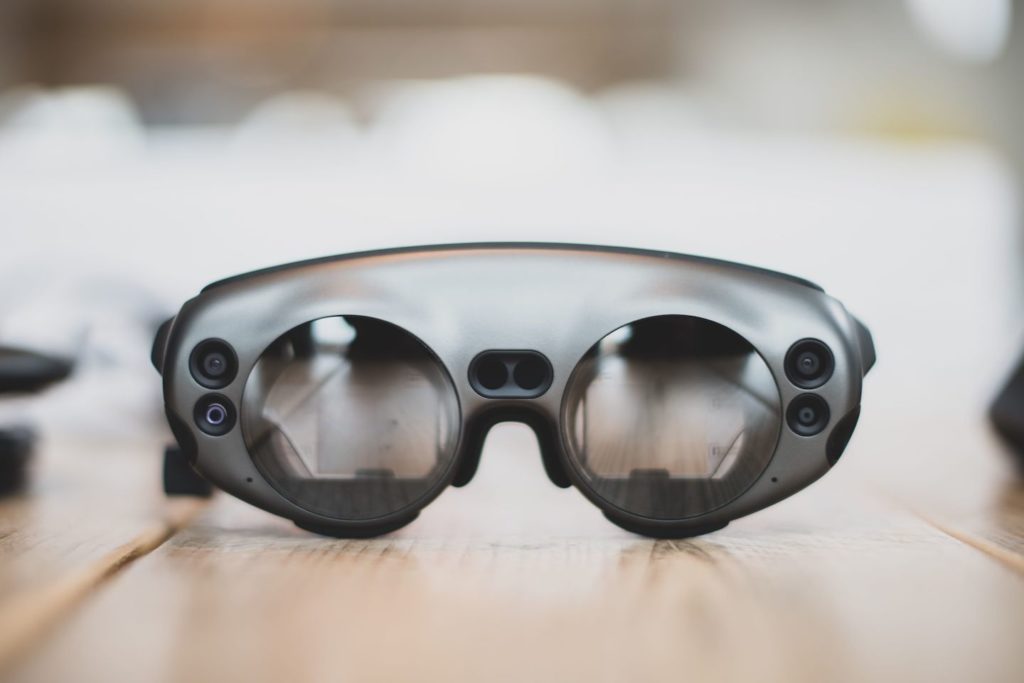Teleroom techniques and freedom of choice

When thinking about how a telecom operator manages a teleroom, or the space most used for telecommunications and a business, it really comes down to perceiving the freedom of choice.
What this means is that regardless of what form° of dimensions a telecom user chooses, the telecom operator, as is the case of WXV, has to accommodate its business model accordingly.
And since recent advancements in streaming have deep fake experts mystified, operating a teleroom has never been so intriguing from a business development perspective.




